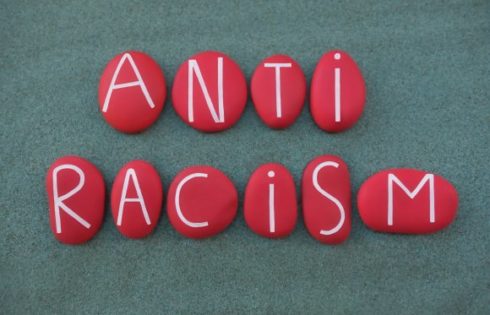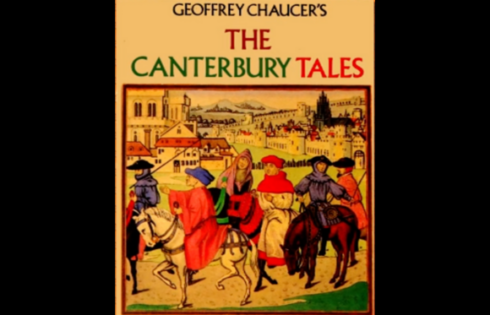One commendable aspect of Stanford’s current exploration of ROTC’s future here is that the Faculty Senate began its exploration before President Obama repealed “Don’t Ask, Don’t Tell” (DADT) in December 2010.
True, ahead of DADT’s repeal, university administrators and senators made the exploration feel like a big ruse with their statements that the future of ROTC rested upon DADT’s repeal. And because the whole nation knew that DADT was slated for repeal long before December, the senate’s recommendation that, after 40 years, we finally acknowledge ROTC seems pretty opportunistic.
Back in September 2010, Dr. Ewart Thomas, the committee’s chair said:
“I think it’s fair to say that the [committee] believes that there is little chance of ROTC returning if DADT is not repealed…. If DADT is repealed then we have a horserace, so to speak, and I can see a Senate vote going either way.”
But at least we had the ad hoc committee on ROTC considering the issue before DADT’s eventual repeal and not considering them only in response to the repeal.
But I just need to question how serious the ad hoc committee was and still is about truly engaging this campus as it makes this decision. According to the Stanford Report, over the past six months, the Committee read some books, watched a documentary, commissioned a literature review, and reconstructed the four-decade-old senate debate that ousted ROTC from Stanford. Why did it take so long to gather information from those sources? And where was the open and promoted call for campus voices and opinions?
The committee has utterly failed to drive this debate. Rather, The Stanford Review, this blog, and an increasing number of student voices are driving this more open debate. In mid-January, there was finally an ROTC town hall, and the ASSU had to help organize that. And the ballot referendum about ROTC’s return? Also driven by the ASSU.
The committee is reading letters submitted to it by members of the Stanford community, but how many people knew that, and aren’t the people who write letters likely to be those who feel the strongest on either side of the debate? What of the vast majority of campus that has not fully tuned into the debate but may be seeking to actually explore the issue? The committee is doing a terrible job when it comes to actually getting a feel for this campus because it is only checking the vitals of those at the debate’s poles.
Stanford’s ad hoc committee could take a real lesson from Columbia’s ROTC task force. While Columbia’s task force only began considering the issue in December, it has since illustrated that it is taking the exploration process seriously. Yesterday, the committee hosted the first of three all-campus forums, and all three forums will be held within the next two and a half weeks.
And though it should not be impressive, Columbia’s task force has set up an organized, helpful, open web headquarters where it provides history of Columbia’s relationship with the military and ROTC, gives task force updates, and posts relevant documents. Where is Stanford’s central website where individuals can go to learn about the Ad Hoc Committee, ROTC, and the investigation process? After some digging, one can find it, but once there, there is not much that impresses. Our committee’s HQ is a page of six oversized links directing visitors to a series of mainly historical documents. Not much help for today.
If Stanford’s ad hoc committee had indicated to the Stanford community that it was serious about fully exploring ROTC’s future, then I would not question the slower pace at which it has gone about gathering information. But from the information I see before me, all I see is a committee that is just sleeping on the job.
Autumn Carter is the editor of the Stanford Review and blogs at Fiat Lux. She is a contributor to the Student Free Press Association.




Please join the conversation about our stories on Facebook, Twitter, Instagram, Reddit, MeWe, Rumble, Gab, Minds and Gettr.